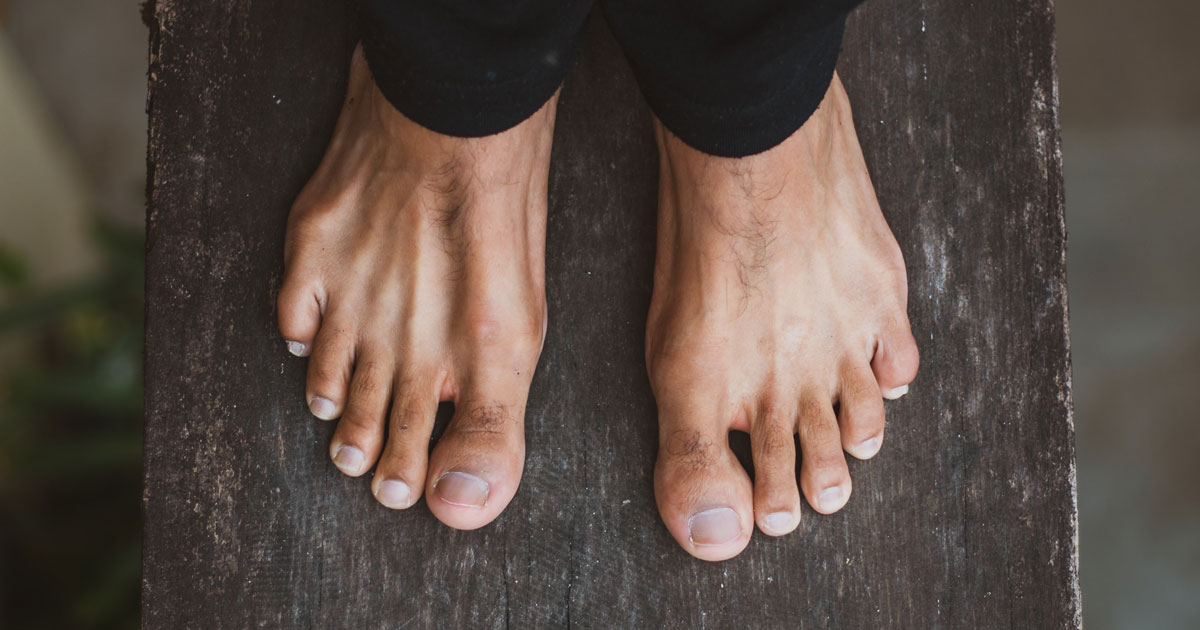
Plantar Plate Tears
What is the plantar plate?
The plantar plate is a fibrocartilaginous structure that lies below the lesser metatarsal heads and acts as a sesamoid-like mechanism for each proximal metatarsophalangeal joint of the foot (Stainsby, 1997). Essentially, it is a thick ligament that runs along the ball of your foot designed to protect the head of the metatarsal from excessive pressure. The plantar plate prevents the toes from spreading too far apart and restricts excessive hyperextension of the toes.
The plantar plate attaches to the plantar fascia that allows it to functionally act as an extension of the plantar fascia. The dorsal (upper) surface of the plantar plate, which is slightly concaved, is in direct contact and congruous with the plantar articular cartilage of each lesser metatarsal head. Due to this attachment, the plantar plate is able to protect the metatarsal heads by dissipating the large amounts of longitudinal loading tension and compression forces that the foot receives during weight-bearing activities (Deland, Lee, Sobel, & DiCarlo, 1995). Therefore, during weight-bearing activity, the plantar plate is subject to significant compression and tension loading forces that can lead to injury.
How do you tear your plantar plate?
A tear of the plantar plate can occur due to excessive strain or overload. Most commonly, tears develop in your second toe as that metatarsal is the longest which takes a load and increases the stress. Research suggests that contributing factors that increase the ground reaction forces through that foot will overload the plantar plate (Klein, Weil Jr, Weil Sr, & Knight, 2013) These include:
- Overpronation while walking
- Having bunions or Hammertoe
- A longer metatarsal
- Or any activity that increases the ground reaction forces going through the foot
- Barefoot walking on hard surfaces
- Wearing high-heeled shoes
- High-impact activities such as running or jumping
Diagnosing
An injury to the plantar plate is commonly associated with a history of overuse that causes an increasing dull ache to be present in the underside of the ball of the foot. Occasionally there can be an acute injury to the foot however this is not common. The individual may report increased pain with weight-bearing activities and a reduction of the pain as soon as they rest or are no longer weight-bearing. Furthermore, a reduction in plantar flexion strength of the affected joint may be noted (Klein, Weil Jr, Weil Sr, Coughlin, & Knight, 2013).
Partial or complete tears to the plantar plate may result in pain with walking, some swelling of the plantar (top) aspect of the joint and in more serious cases toe deformities (daylight sign or ‘V’) within the affected toe joint. Furthermore, there may be tenderness within the top aspect of the affected joint.
When confirming the extent of the injury to the plantar plate MRI has been found as the best imaging method (Duan et al., 2017).
Management of plantar plate tears
For the management of plantar plate tears, conservative treatment options are considered first. The initial aim is to relieve pain and offload the ligament, to do this we have a few options depending on the case (Caio Nery, Hilary Umans, & Daniel Baumfeld, 2016):
- Strapping the toes
- Padding at the joint
- Alteration of activity and footwear
- Stiff-soled shoes, reducing the heel height of a shoe
- Avoid walking barefoot
- Air cast boot
- Anti-inflammatory medication
- Orthosis
Once the pain is reduced, the commencement of a structured strengthening program is administered to regain foot and ankle strength. Furthermore, the program is focused on finding out any biomechanical changes that could be causing an overload to occur at the joint and therefore a recurrence of the injury down the track.
Although rare when conservative treatments have been exhausted, the consideration of surgical intervention is recommended. The goal of surgery is to stabilize the joint as the ligament can no longer. Rehabilitation following the surgery will consist of a structured strengthening exercise program and will aim to correct the underlying biomechanical factors that are causing the increased load of the plantar plate.
Please seek medical advice from your Chiropractor, Physiotherapist or Sports doctor if symptoms do not resolve or become severe. Remember, the quicker you take care of your pain, the quicker you will be back to doing what you love.
References:
Caio Nery, M., Hilary Umans, M., & Daniel Baumfeld, M. (2016). Etiology, clinical assessment, and surgical repair of plantar plate tears. Paper presented at the Seminars in musculoskeletal radiology.
Deland, J. T., Lee, K.-T., Sobel, M., & DiCarlo, E. F. (1995). Anatomy of the plantar plate and its attachments in the lesser metatarsal phalangeal joint. Foot & ankle international, 16(8), 480-486.
Duan, X., Li, L., Wei, D.-Q., Liu, M., Yu, X., Xu, Z., . . . Xiang, Z. (2017). Role of magnetic resonance imaging versus ultrasound for detection of plantar plate tear. Journal of orthopaedic surgery and research, 12(1), 1-8.
Klein, E. E., Weil Jr, L., Weil Sr, L. S., Coughlin, M. J., & Knight, J. (2013). Clinical examination of plantar plate abnormality: a diagnostic perspective. Foot & ankle international, 34(6), 800-804.
Klein, E. E., Weil Jr, L., Weil Sr, L. S., & Knight, J. (2013). The underlying osseous deformity in plantar plate tears: a radiographic analysis. Foot & ankle specialist, 6(2), 108-118.
Stainsby, G. (1997). Pathological anatomy and dynamic effect of the displaced plantar plate and the importance of the integrity of the plantar plate-deep transverse metatarsal ligament tie-bar. Annals of the Royal College of Surgeons of England, 79(1), 58.
